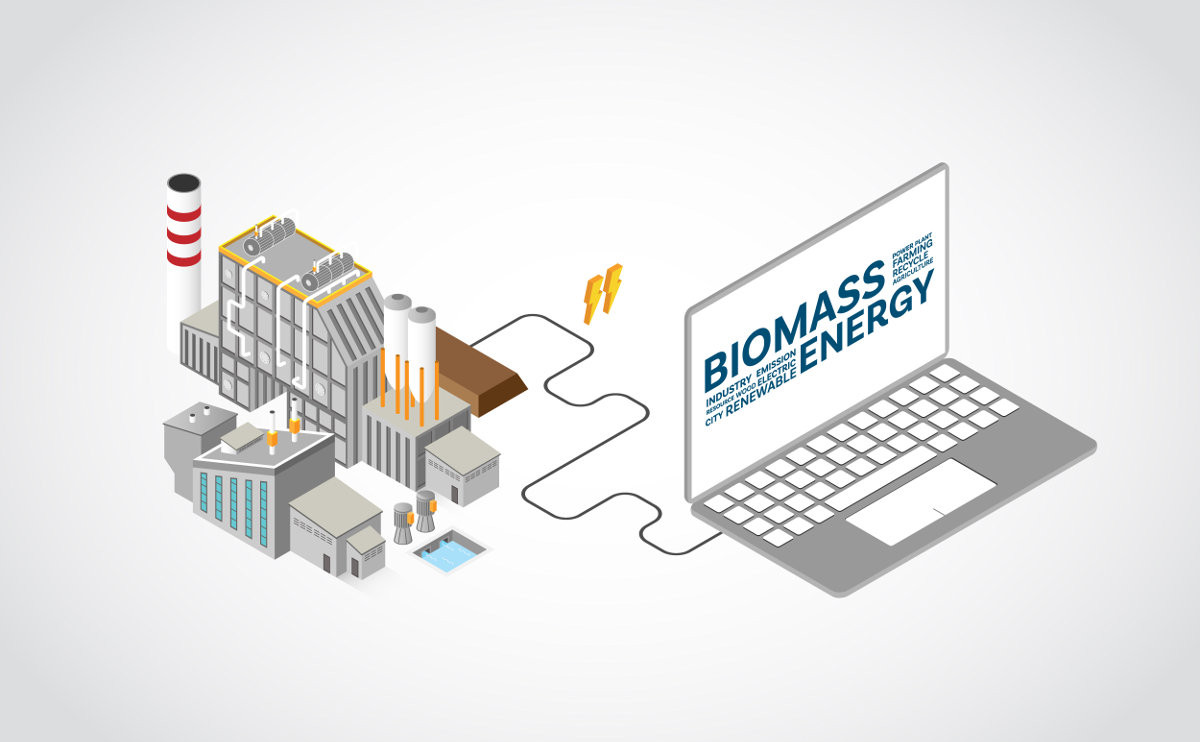As the world becomes more conscious of the impact of human activities on the environment, it is important that we explore alternative sources of energy that can help reduce our carbon footprint. One such alternative is biomass heating, which uses organic and renewable materials such as wood chips, pellets, and logs to generate heat. In this article, I will be discussing the benefits of using biomass fuel, the different types of biomass heating systems, the costs involved in installation, and how to choose the right biomass fuel and heating system for your building.
Introduction to Biomass Heating
Biomass heating is a renewable energy source that involves burning organic materials to produce heat. This heat can then be used to warm buildings, heat water, and even power turbines to generate electricity. The most commonly used biomass fuels are wood chips, pellets, and logs. Biomass heating is a popular alternative to traditional heating systems that rely on fossil fuels such as oil and gas.
Understanding Biomass Fuel – Chips, Pellets, and Logs
Biomass fuel comes in different forms, including wood chips, pellets, and logs. Wood chips are small pieces of wood that are typically produced from waste wood products such as sawdust and wood shavings. Pellets are compressed wood particles that are uniform in size and shape. Logs are the traditional form of biomass fuel and are simply pieces of wood that have been cut to size.
Pellets are much easier to use and more controllable than logs, making them a popular choice for biomass heating systems. Most pellet and chip burners use automatic fuel feeders, which means that the fuel is automatically fed into the burner, giving a consistent heat output.
Advantages of Using Biomass Fuel
There are many advantages to using biomass fuel for heating. Firstly, biomass fuel is a renewable energy source, which means that it is sustainable and will not run out. Secondly, biomass fuel is carbon neutral, which means that it does not add to the amount of carbon dioxide in the atmosphere. Thirdly, biomass fuel is often cheaper than traditional fossil fuels, which can help reduce heating bills. Finally, using biomass fuel can help reduce our reliance on imported oil and gas, making us more self-sufficient.
Biomass Heating Systems – Boilers and Burners
There are two main types of biomass heating systems – boilers and burners. Biomass boilers are similar to traditional boilers, but they are designed to burn biomass fuel instead of oil or gas. Biomass burners are smaller and can be used to heat individual rooms or buildings. Both types of biomass heating systems have their advantages and disadvantages, and the choice between them will depend on the size and requirements of your building.
Installation Costs and Financial Support from the Government
The costs of installing a biomass heating system can vary depending on the size and complexity of the system. However, the government offers financial support for the installation of biomass boilers through the Boiler Upgrade Scheme. This scheme provides financial assistance to homeowners and businesses who want to install a biomass boiler, making it a more affordable option for those who want to use renewable energy.
Maintenance of Biomass Boilers
Biomass boilers require regular maintenance to ensure that they are working efficiently and safely. This includes cleaning the boiler and flue, checking the fuel feed and ignition system, and inspecting the safety controls. It is important to have your biomass boiler serviced annually by a qualified engineer to ensure that it is working correctly.
Lower Carbon Footprint with Biomass Heating
Using biomass fuel for heating can help reduce our carbon footprint and combat climate change. Biomass fuel is carbon neutral, which means that it does not add to the amount of carbon dioxide in the atmosphere. By using biomass fuel instead of fossil fuels, we can reduce our reliance on non-renewable energy sources and help create a more sustainable future.
How to Choose the Right Biomass Fuel and Heating System for Your Building
Choosing the right biomass fuel and heating system for your building will depend on a number of factors, including the size and requirements of your building, the availability of biomass fuel in your area, and your budget. It is important to work with a qualified engineer to design and install a biomass heating system that is tailored to your specific needs.
Case Studies – Successful Biomass Heating Implementations
There are many successful implementations of biomass heating systems around the world. For example, the University of St Andrews in Scotland has installed a biomass boiler that provides heat to the majority of its campus buildings. The biomass boiler has helped the university reduce its carbon footprint and save money on heating costs.
Conclusion – Unlocking the Hidden Benefits of Biomass Heating
Biomass heating is a sustainable and affordable alternative to traditional heating systems that rely on fossil fuels. By using biomass fuel, we can reduce our carbon footprint, save money on heating costs, and create a more sustainable future. If you are interested in installing a biomass heating system, it is important to work with a qualified engineer to design and install a system that is tailored to your specific needs.
If you are interested in learning more about biomass heating systems and how they can benefit your building, contact us today. Our team of qualified engineers can help you design and install a biomass heating system that is tailored to your specific needs.







